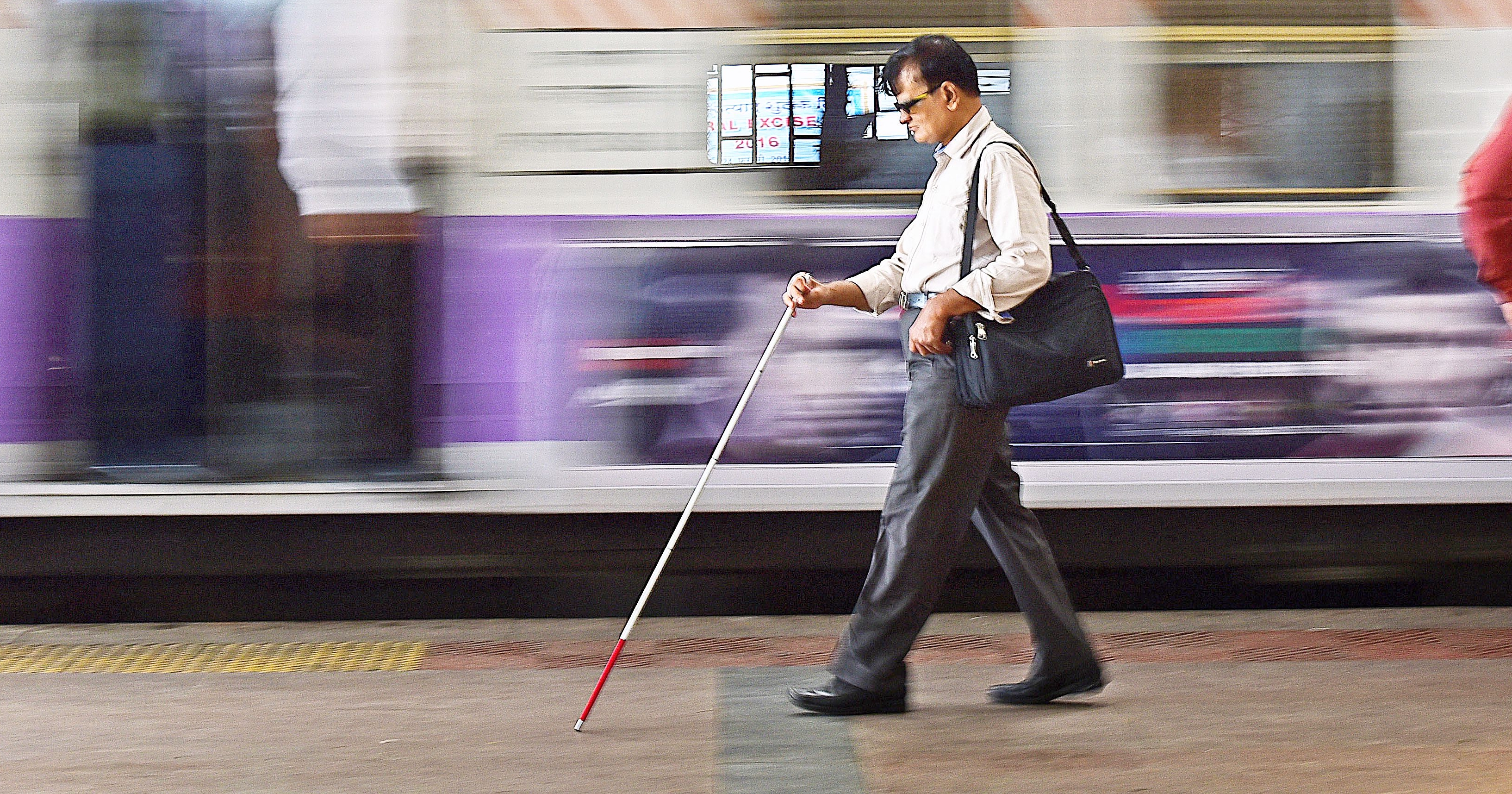While 10 15 of the blind population can t see anything at all most of the individuals who are legally blind can still see shapes lights and colors to some extent

The Truth Behind Blindness: Exploring Sight Loss

When we think of blindness, many of us imagine absolute darkness and the inability to see anything at all. However, the reality is far more complex and fascinating. With the assistance of modern research, we now know that while 10–15% of the blind population can’t see anything at all, most individuals who are legally blind can still perceive shapes, lights, and colors to some extent. In this article, we will delve into the unique world of visual impairment, shedding light on the capabilities and challenges faced by those with limited sight.
Visual impairment affects millions of people worldwide, with varying degrees of severity. According to a study published in the Journal of Visual Impairment and Blindness, approximately 253 million people live with vision loss, experiencing a range of limitations that affect their daily lives.
Understanding Legal Blindness
Contrary to popular belief, the term “legally blind” does not imply complete blindness. Instead, it refers to individuals whose visual acuity, or sharpness of vision, is below a certain threshold. In the United States, a person is considered legally blind if their vision cannot be corrected to better than 20/200 in the best eye, or if their peripheral vision is restricted to 20 degrees or less. Notably, this definition does not take into account someone’s ability to distinguish between shapes, lights, and colors.
The Visual Reality
For those who are legally blind, the perception of a visual world remains, albeit in different forms. The inability to see with clarity leads to blurred or distorted images, making it challenging to read text or identify familiar faces. However, many people with visual impairments can still detect various visual cues, enabling them to navigate their surroundings and engage with the world around them.

Perceiving Shapes, Lights, and Colors
While the ability to perceive shapes, lights, and colors may vary from person to person, individuals who are legally blind can often still distinguish contrasts in their environment. This means that they can differentiate between a light source and its surroundings, sense variations in shades, and identify basic shapes.
It’s important to note that photoreceptor dysfunction or damage to the eye can lead to specific visual impairments. Conditions such as macular degeneration, glaucoma, and diabetic retinopathy can affect different aspects of vision, resulting in variations in contrast perception, color recognition, or peripheral vision.
Adapting to Challenges
Despite the challenges they face, people with visual impairments have developed various techniques and adaptive strategies to function independently. Braille, tactile maps, and assistive technology devices like screen readers and magnifiers enable individuals with limited sight to access written information, use digital platforms, and perceive their environment more effectively.
Additionally, mobility aids, such as canes and guide dogs, provide a sense of independence by assisting with navigation and obstacle detection, allowing people with visual impairments to move around with confidence.
Spreading Awareness and Support
Understanding the experiences of individuals with visual impairments and the challenges they encounter is essential for creating a more inclusive and accommodating society. By raising awareness and promoting accessibility, we can empower those with limited sight to overcome barriers and fully participate in daily activities, education, and employment opportunities.
By acknowledging that the majority of legally blind individuals can still perceive shapes, lights, and colors to some degree, we can foster a more understanding and inclusive environment for everyone. Together, let us work towards a world that celebrates diversity and embraces individuals with visual impairments, ensuring equal opportunities for all.
Share
Related Posts
Quick Links
Legal Stuff

